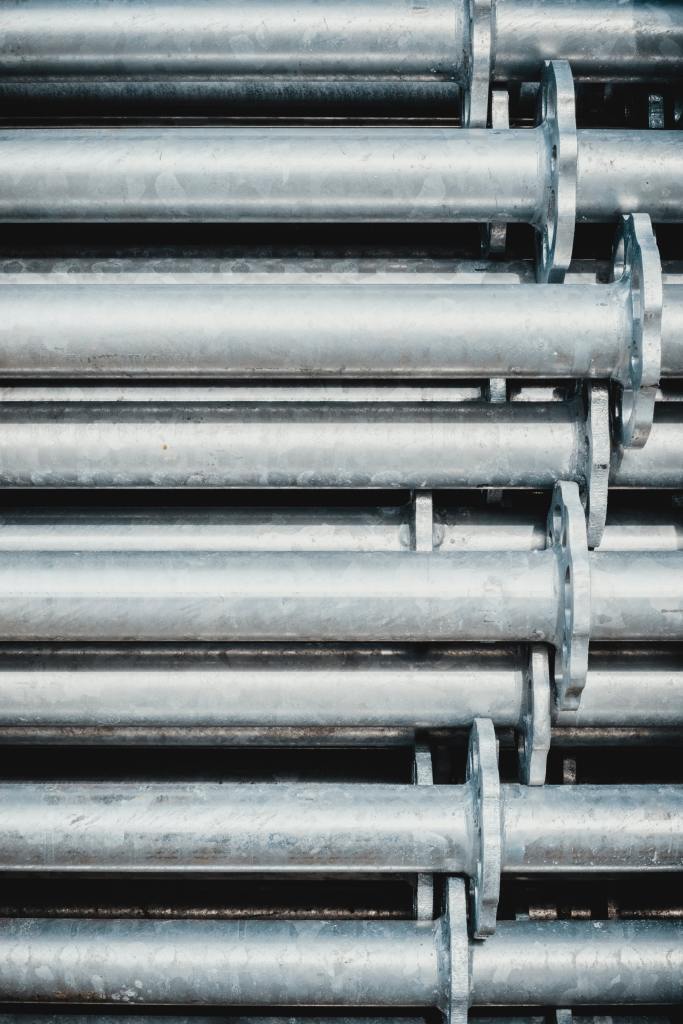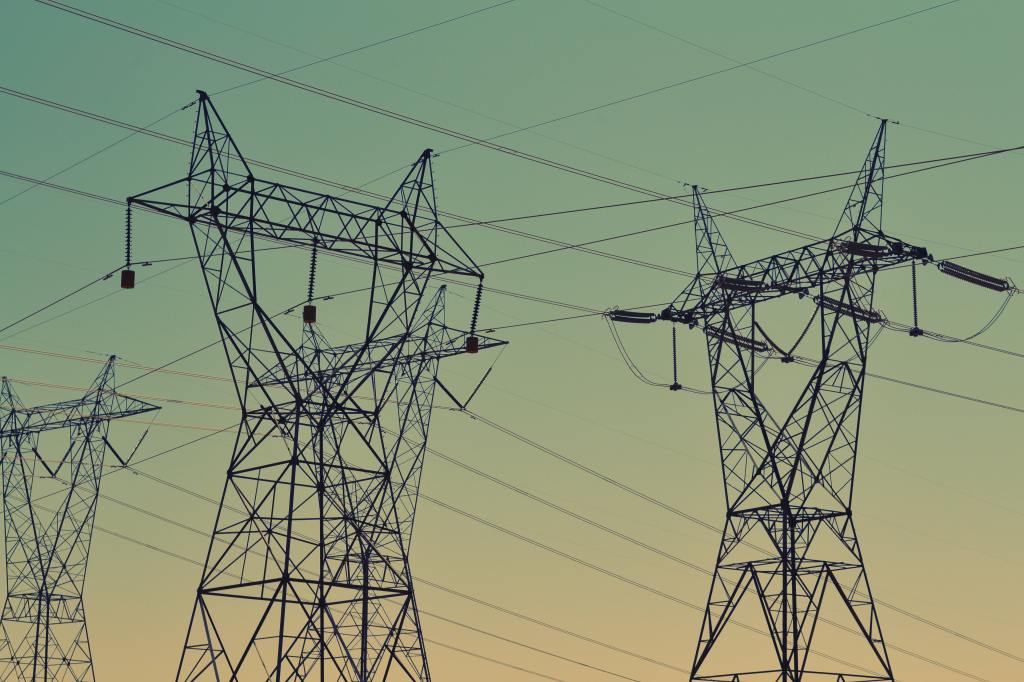Galvanised steel is one of the most widely-used metals in the world. Chances are you come across this metal almost every day, both inside and out. But what is the difference between galvanised steel and regular steel? And how can you tell?

What Does Galvanised Steel Look Like?
Galvanised steel is usually dull grey in colour. Traditionally, the material was easy to spot because of a mottled, star-shaped pattern to its surface, sometimes known as spangles. Originally, the manufacturing process of adding zinc to the steel (more on that later) left the metal with these distinctive, geometric shapes on its surface. Thanks to changes in the manufacturing processes, however, spangles got smaller and less sparkly. Nowadays the spangles on most newly-made galvanised steel have disappeared. Occasionally, you can see the patterns with the naked eye, like in the image above, but spangles have shrunk down to a fraction of the size they used to be. Although rare, it is still possible to buy big, bright spangled galvanised steel. Examples of items made of galvanised steel that you might encounter on a daily basis include wheelbarrows and other galvanised steel garden accessories, metal bins and buckets, street lamps, pylons, hand rails, outdoor bolts and hinges and wiring and piping ducts.

What is the difference between galvanised steel and regular steel?
The difference between regular steel sheet and galvanised steel is the addition of zinc. At the manufacturing stage, sheets of carbon steel are dipped into a bath of molten zinc, heated to the intense temperature of 700 degrees Celsius. When the steel is removed from the bath and left to cool down, the zinc clings to it, giving the metal a protective outer layer that’s permanently bonded into place. This is known as a metallurgical bond, and the full process is galvanisation. With the addition of zinc, which adds hardly any weight to the original metal, the steel is now stronger than it was before; it’s resistant to rain, wear and corrosion, and up to a multitude of tough jobs. It’s also more ecological and economical, since protective paints and coatings do not have to be reapplied.

So, does galvanised steel never go rusty?
It does, eventually, but not for a very long time. Rust happens when metal is exposed to oxygen; in steel the air creates iron oxide, which flakes away and leaves the layers of metal beneath it vulnerable to further corrosion. With that protective layer of zinc over the top of the steel, the oxygen can’t get in. Generally, steel galvanisation lasts at least 50 years, but there are number of environmental conditions that could wear down even the tough zinc, and these should be taken into consideration. Things like high humidity, regular moisture and salty sea air can all speed up the corrosion of galvanised steel. That said, it is still one of the most popular metals used in outdoor applications all over the world. In short: rust arrives, eventually, but in most locations, it will take decades. That’s why galvanised steel is such a strong choice (pardon the pun) for a multitude of uses.

